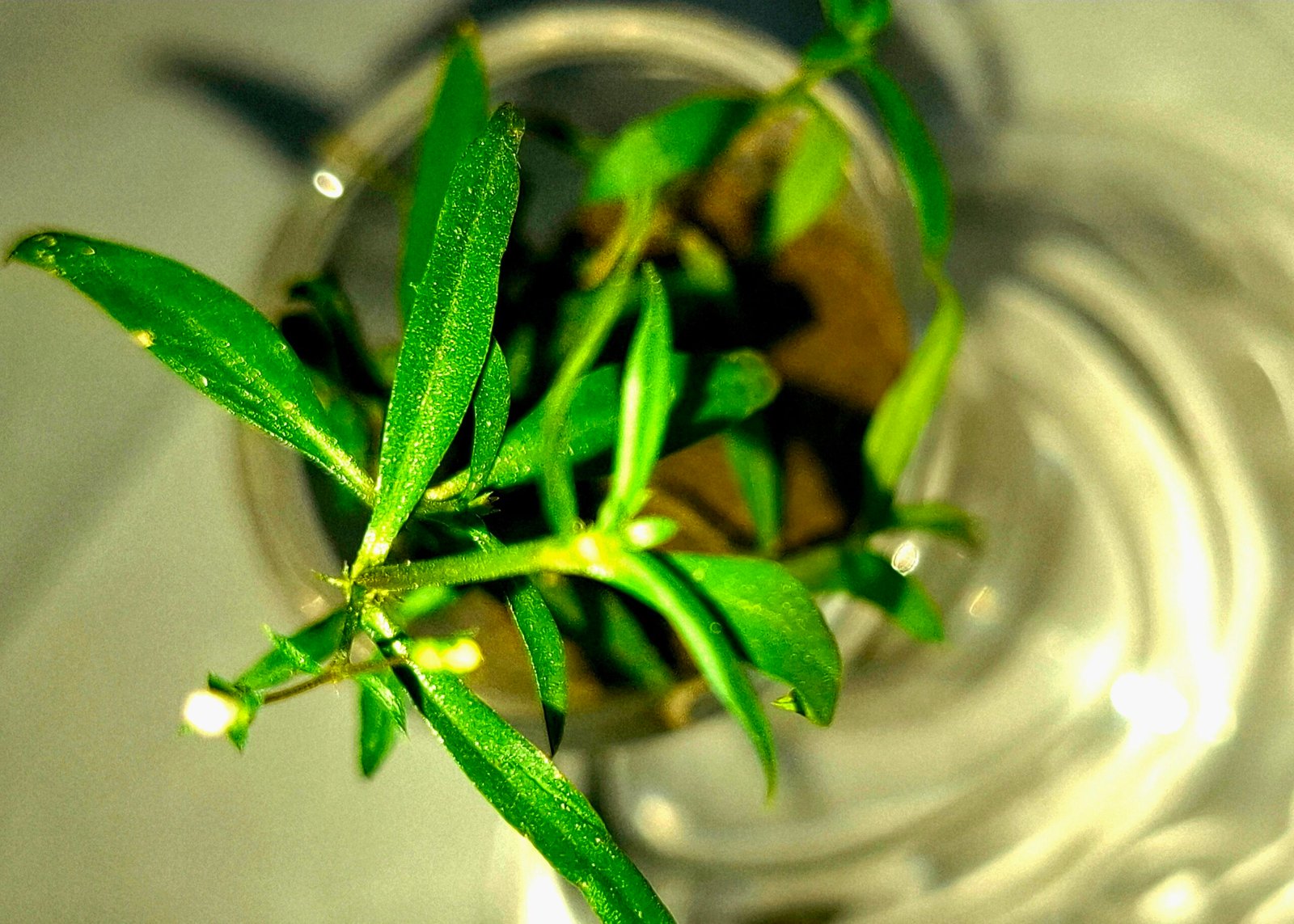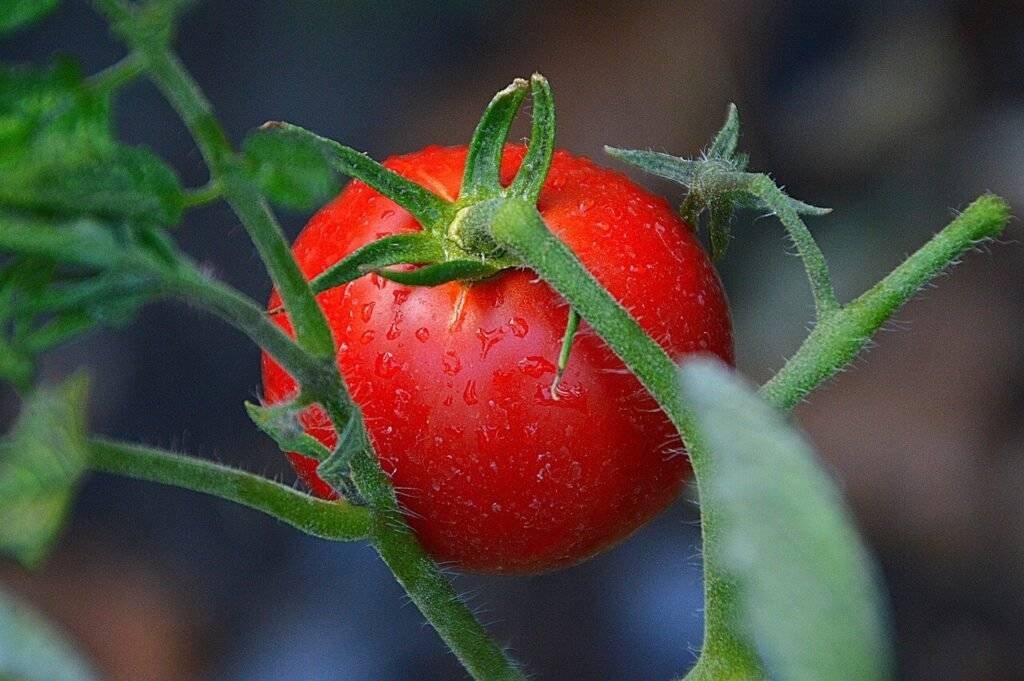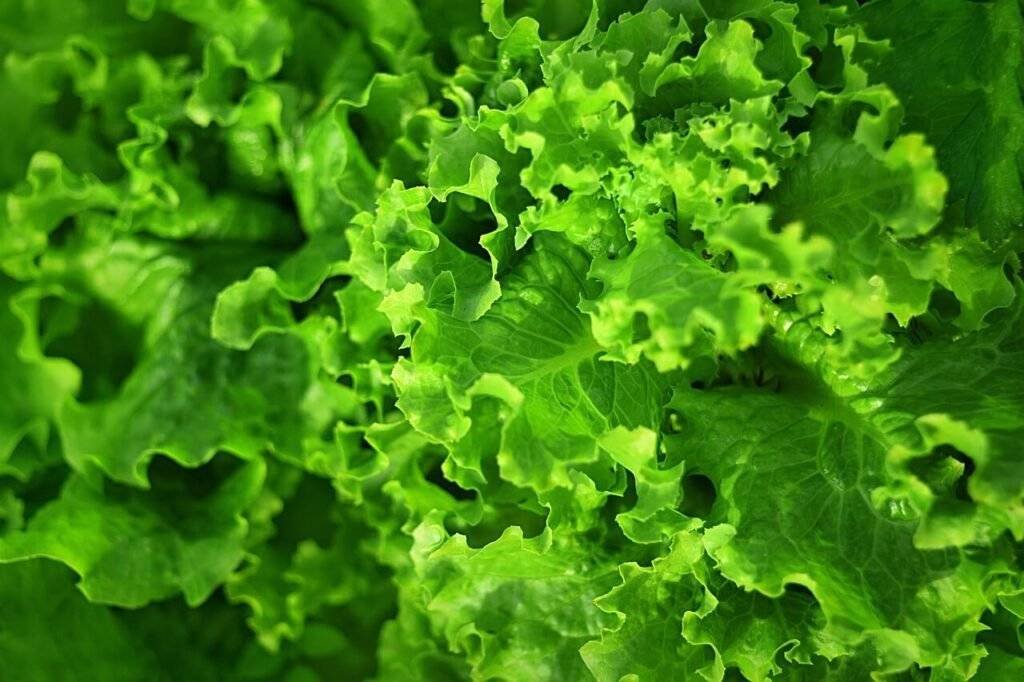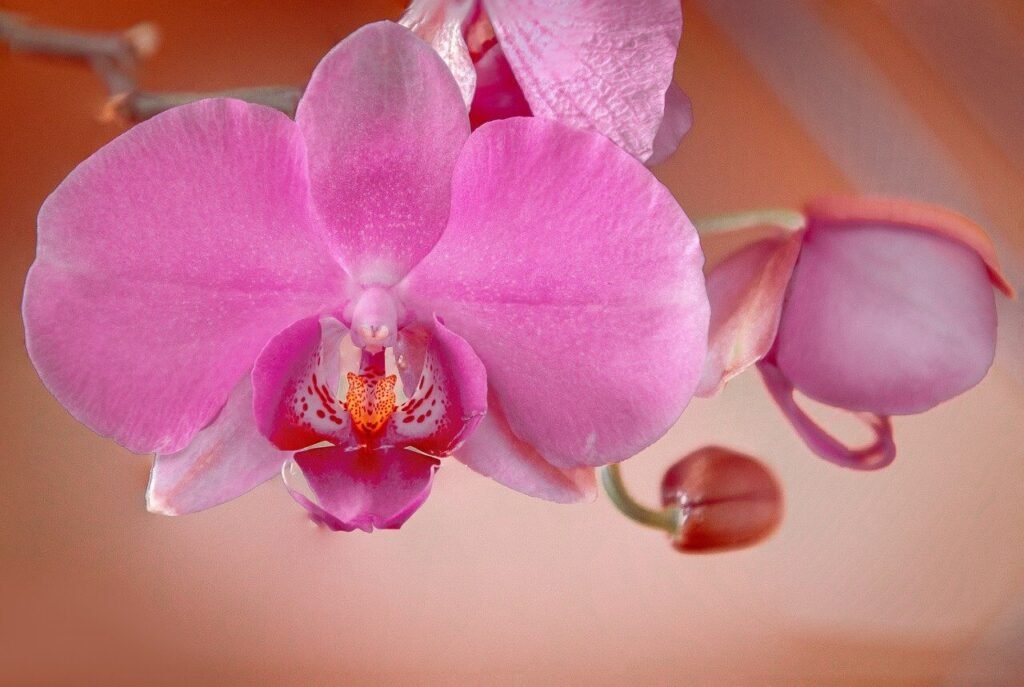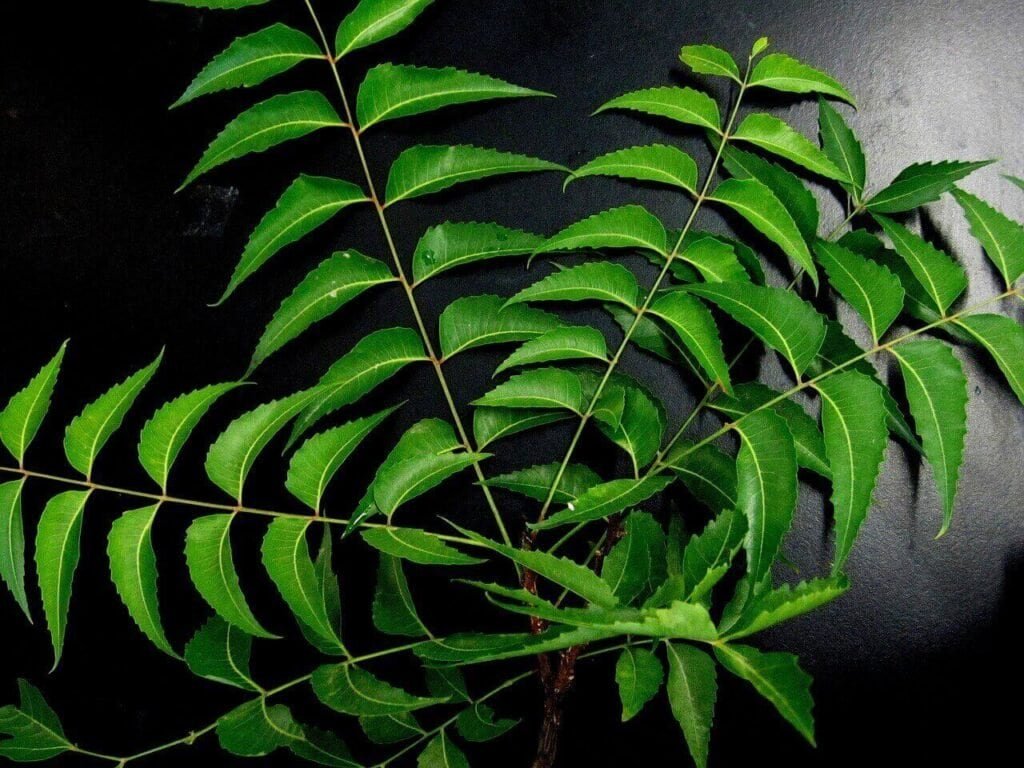Oldenlandia corymbosa
- Oldenlandia corymbosa
- Oldenlandia Corymbosa (Flat-Top Mille Graines): A Tiny Herb with Big Benefits
- What Exactly Is Oldenlandia Corymbosa?
- Botanical Description and Identification
- Distribution and Habitat
- Traditional Medicinal Uses
- Modern Scientific Research and Health Benefits
- Ecological Importance
- Cultivation and Gardening Perspectives
- Harvesting and Preparation
- Conservation and Future Potential
- Thoughts
Oldenlandia Corymbosa (Flat-Top Mille Graines): A Tiny Herb with Big Benefits
When you walk through an open field, neglected garden corner, or even the cracks of a footpath in tropical countries, chances are you’ve unknowingly stepped past a little plant that has been quietly celebrated in traditional medicine for centuries—Oldenlandia corymbosa, also known as Flat-top Mille Graines. At first glance, it looks like just another inconspicuous weed with tiny white flowers, but this plant carries more history, medicinal value, and ecological importance than many of its taller, showier neighbors. For gardeners, it might seem like a small ground cover that pops up uninvited; for botanists, it’s a fascinating species with unique characteristics; and for general readers, it’s a reminder of how nature hides powerful remedies in the most ordinary places. In this post, we’re diving deep into what makes this plant so special—its appearance, growth habits, ecological role, traditional uses, modern research, and even tips for identifying and managing it.
What Exactly Is Oldenlandia Corymbosa?
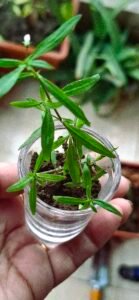
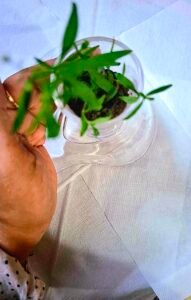
Oldenlandia corymbosa is a small, annual, herbaceous plant belonging to the Rubiaceae family, the same plant family that coffee belongs to. Commonly called Flat-top Mille Graines, it gets its nickname from its flat clusters of tiny white flowers that look like they are sprinkled with countless seeds—“mille graines” literally translates to “a thousand seeds” in French. Native to tropical and subtropical regions of Asia, Africa, and South America, this plant thrives in open grasslands, farmlands, and even disturbed soils where other plants may struggle. Its ability to grow rapidly and reseed itself explains why it appears almost everywhere once the rainy season begins. For gardeners, this means it can act both as a resilient cover plant and, in some cases, a mild nuisance if not managed properly. Botanists appreciate its delicate yet distinctive morphology—slender stems, opposite leaves, and flat-topped clusters of blossoms that make it easy to recognize once you know what to look for.
Botanical Description and Identification
Identifying Oldenlandia corymbosa can be a rewarding little exercise for plant enthusiasts. The plant is typically low-growing, reaching only about 10–30 cm in height, making it easy to miss unless you’re paying close attention. The stems are slender, branched, and often reddish-green, spreading across the ground and rooting at nodes if conditions are favorable. Its leaves are small, narrow, and opposite, with a slight linear-lanceolate shape, providing a simple but attractive foliage pattern. The flowers are tiny, star-like, and usually white, gathered in flat-topped clusters or corymbs—which is where the species gets its Latin name “corymbosa.” Each bloom is less than a few millimeters in diameter, but together, they form a delicate display that looks almost like a miniature constellation scattered across the green background. Once flowering is complete, the plant produces tiny fruits that quickly disperse their seeds, ensuring new generations sprout the following season. For anyone documenting or photographing wild plants, Oldenlandia corymbosa makes for an excellent subject due to its understated beauty.
Distribution and Habitat
One of the fascinating things about Oldenlandia corymbosa is its adaptability. This herb is widely distributed across tropical and subtropical climates, ranging from India, Bangladesh, and Sri Lanka, to parts of Southeast Asia, Africa, and Central and South America. It thrives particularly well in moist soils but is versatile enough to survive in sandy or loamy conditions, as long as there’s sufficient rainfall. In many rural regions, it grows in rice paddies, field edges, roadside verges, and garden beds, often seen flourishing during the monsoon season when the environment is humid and favorable. Botanists studying plant ecology have often noted how this species plays a role as a pioneer plant in disturbed soils, helping stabilize the ground and contribute to early ecological succession. For gardeners, this translates into a plant that can pop up unexpectedly but rarely causes major disruption—it’s not as aggressive as some invasive weeds, yet it establishes itself quickly enough to gain attention. Its presence is also an indicator of soil health and moisture, often hinting at conditions that favor other native species.
Traditional Medicinal Uses
Perhaps the most intriguing aspect of Oldenlandia corymbosa is its long-standing role in traditional medicine. Across India, Sri Lanka, and Southeast Asia, the plant has been used in Ayurveda, Siddha, and traditional Chinese medicine under various local names. Known for its cooling properties, it is commonly prepared as a decoction or herbal infusion to treat fevers, liver ailments, and digestive disturbances. Folk healers have also relied on it as an anti-inflammatory and detoxifying agent, often prescribing it for skin infections, urinary tract problems, and even snakebites in rural areas. In traditional Chinese medicine, the plant is believed to “clear heat and toxins,” making it valuable in treating respiratory conditions and certain inflammatory diseases. For general readers, what makes this particularly interesting is that a weed often overlooked as insignificant by many gardeners is actually considered a life-saving herb in rural healthcare practices. The widespread folk recognition of Oldenlandia corymbosa underscores how deeply human cultures are connected to the botanical world around them.
Modern Scientific Research and Health Benefits
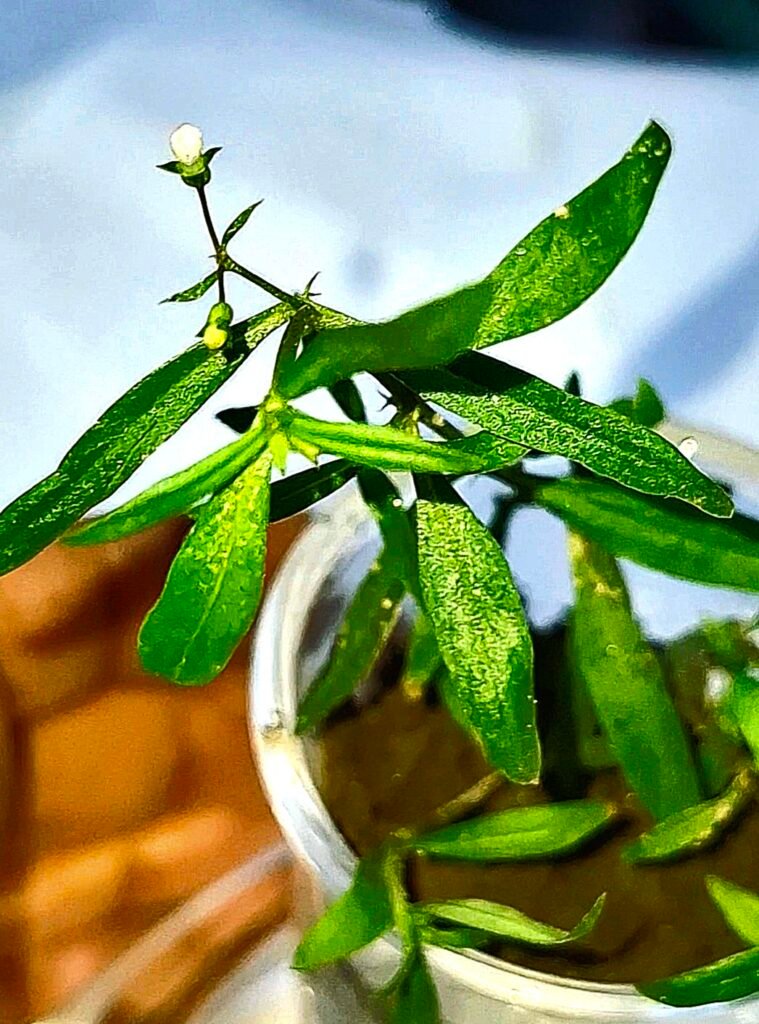
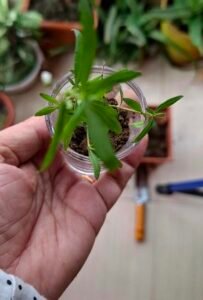
In recent decades, scientists have started to validate what traditional healers have known for centuries—that Oldenlandia corymbosa has potent medicinal potential. Laboratory studies have revealed that the plant contains phytochemicals such as flavonoids, alkaloids, and triterpenoids, which contribute to its anti-inflammatory, antimicrobial, antioxidant, and hepatoprotective properties. Researchers are exploring its role in managing liver disorders, which aligns with its historical use in Ayurveda. Some studies suggest that extracts of this plant may have anti-cancer properties, showing promise in slowing the growth of certain tumor cells, although much more clinical evidence is needed before making strong claims. Additionally, its diuretic effects make it useful in managing conditions related to fluid retention and kidney function. For gardeners who love growing medicinal plants, cultivating Oldenlandia corymbosa offers a way to connect with this traditional wisdom and modern science. For botanists, it’s a species that continues to be relevant in ethnobotany and pharmacological studies, highlighting the importance of preserving biodiversity.
Ecological Importance
Beyond its medicinal reputation, Oldenlandia corymbosa plays a quiet yet important role in local ecosystems. Because it grows quickly and produces abundant seeds, it provides a source of food for insects and small invertebrates, particularly pollinators like bees and tiny flies that are drawn to its delicate flowers. In rural farming systems, the plant is sometimes tolerated because it helps cover bare soil, reducing erosion during heavy rains. It can also act as a bio-indicator species, hinting at soil fertility levels and moisture balance. Botanists studying ecological interactions note that even so-called “weeds” like Oldenlandia corymbosa are crucial in maintaining biodiversity and soil stability. For general readers, this serves as a reminder that not every small plant we see in the wild is useless—many contribute invisibly to the cycles of nature. Gardeners might even consider leaving a patch of it to support beneficial insects while enjoying the tiny blooms as a natural groundcover.
Cultivation and Gardening Perspectives
For gardeners interested in experimenting with medicinal or ground-cover plants, Oldenlandia corymbosa offers an easy-to-grow option. Since it thrives in tropical and subtropical climates, it does best in warm, moist conditions with partial to full sunlight. Seeds are tiny and self-sowing, so once planted or allowed to grow naturally, they can persist in the garden year after year. The plant does not demand much maintenance—it is hardy, requires minimal watering beyond natural rainfall, and adapts to different soil types. However, because of its rapid growth, some gardeners may consider it weedy if it spreads too widely. The best way to manage it is to allow a designated patch where it can grow freely, and trim or uproot extras when they encroach on cultivated beds. For those who enjoy herbal gardening, it can be grown alongside other traditional medicinal herbs, adding both ecological diversity and cultural richness to the garden space.
Harvesting and Preparation
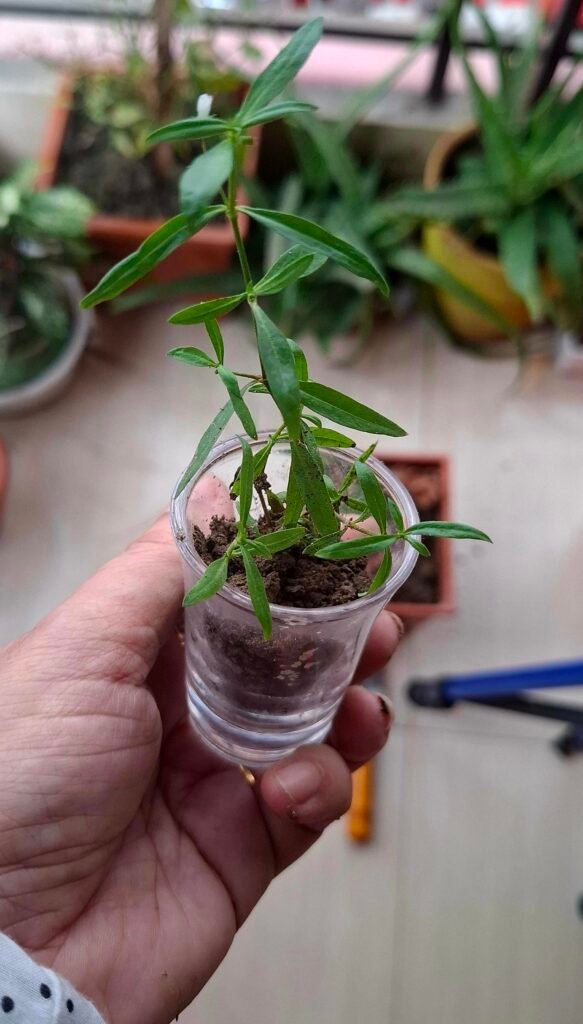
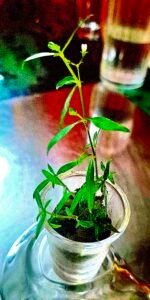
Harvesting Oldenlandia corymbosa for medicinal use is relatively straightforward. The aerial parts of the plant—stems, leaves, and flowers—are usually collected during the flowering season when phytochemical content is highest. Traditional practice involves drying the plant material in shade to preserve its active compounds before storing it for decoctions or powders. In folk medicine, fresh plant juice is sometimes extracted and consumed directly for acute conditions like fever or digestive distress. However, because potency and dosage can vary, modern herbalists recommend caution and consultation with trained practitioners before using it medicinally. Gardeners who grow it at home can easily harvest small amounts for personal experimentation in teas or herbal baths, while botanists may find value in studying its chemical profile further.
Conservation and Future Potential
Despite being a common plant, Oldenlandia corymbosa deserves attention for conservation. With rapid urbanization, agricultural intensification, and loss of traditional knowledge, many wild medicinal plants are becoming less accessible to communities that once relied on them. Scientists continue to explore the pharmacological potential of this plant, particularly in liver health, antimicrobial therapies, and possibly even cancer research. Its ability to thrive in varied conditions also makes it a resilient candidate for sustainable herbal farming. For readers who care about the future of natural medicine, supporting the preservation of plants like Oldenlandia corymbosa means keeping alive a bridge between ancient healing traditions and modern science.
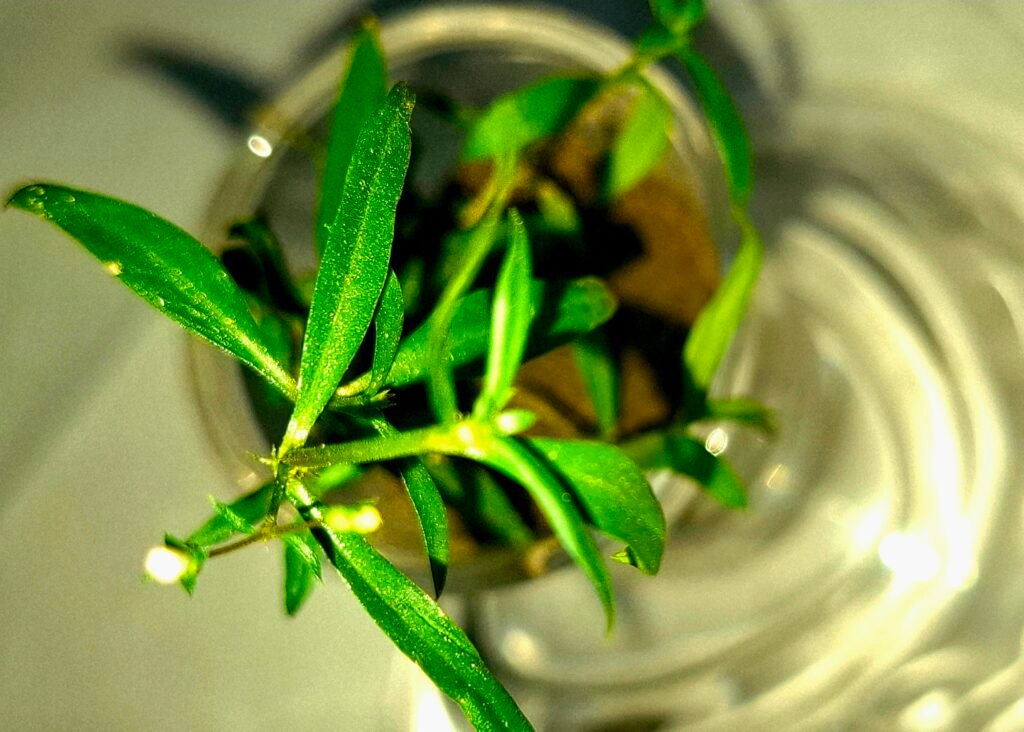
Thoughts
At first glance, Oldenlandia corymbosa—the unassuming Flat-top Mille Graines—might seem like just another weed hiding in plain sight. But as we’ve explored, it’s far more than that. This tiny herb has roots in traditional medicine across Asia and beyond, shows promising results in modern scientific studies, and plays subtle but significant roles in ecosystems. For general readers, it’s a reminder that the natural world hides countless secrets in even the humblest plants. For gardeners, it offers both a challenge and an opportunity—manage it carefully or embrace it as part of a medicinal garden. For botanists, it remains a fascinating subject of study that bridges folklore and pharmacology. Whether you see it as a weed, a healer, or a curiosity, one thing is certain: Oldenlandia corymbosa proves that greatness doesn’t always come in large, showy forms—sometimes it arrives in the tiniest blossoms scattered across the ground.
Cherry Peppers
Cherry Peppers Do you Love cherry? Of course, I do love and It’s so yummy and so crispy so HOt..! Noh.. o…
Tomato
Know the Growing Result Of Tomato | Proper Guideline. Table of Contents Add a header to begin generating the table of contents…
Bearss Lemon
Bearss Lemon Tree Table of Contents Add a header to begin generating the table of contents Scroll to Top Bearss lemons use…
Clintro/Coriander
Cilantro/Coriander Table of Contents Add a header to begin generating the table of contents History of Clintro/Coriander Asian name Dhania pata means…
Rosemary Plant
Rosemary Know About Rosemary: If you found an aromatic herb in your kitchen then It will be Rosemary. It can use a…
Salads Leafy Plant:
Salads Leafy Plant Table of Contents Add a header to begin generating the table of contents Scroll to Top Growing salad greens indoors …
Plants Caring Tips During Winter
How to care for indoor plants during winter Table of Contents Add a header to begin generating the table of contents Keep…
Miltonia Orchids
Miltonia Orchid Care Table of Contents Add a header to begin generating the table of contents Scroll to Top History Of Miltonia…
Stevia
stevia leavesA plant-based sweetener from a species known as Stevia What Is Stevia? Know About Stevia Sweeteners Stevia, a plant originally from…
Neem tree
Neem Tree Benefits Neem Tree In English The Persian phrase “Azad-darakht-i-Hindi” converts into Azadirachta, which also translates to “free tree of India.”…
I am an experienced indoor gardener working happily
and successfully in this sector for about five years.
Thank You
